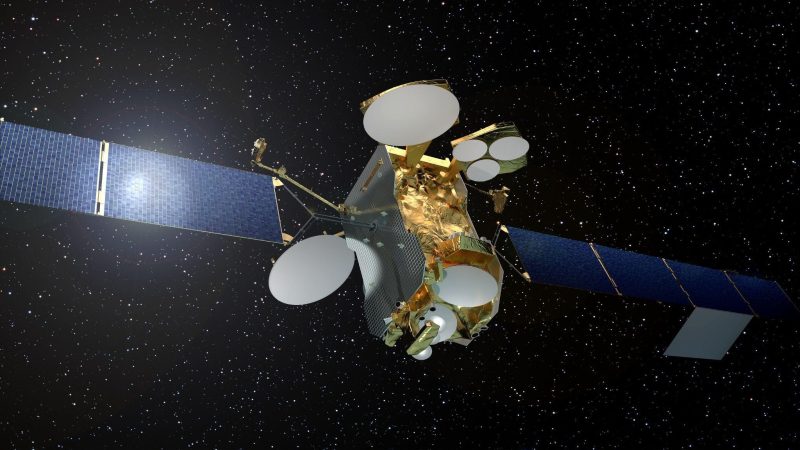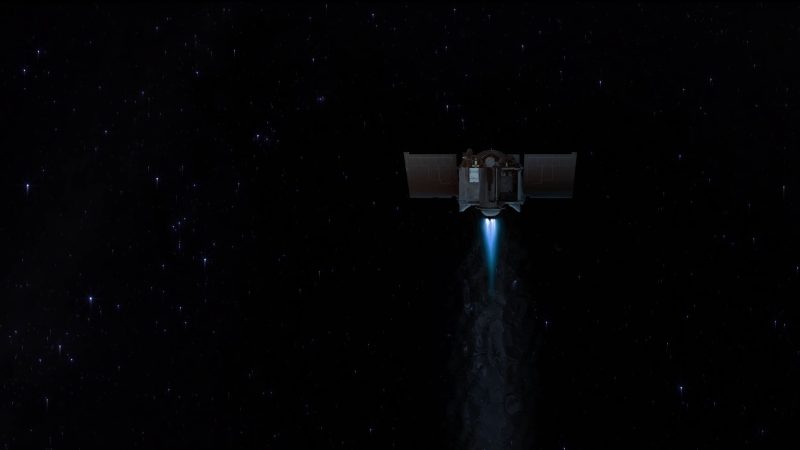
The era of space exploration is almost upon us, as both private and government companies invest in interplanetary missions to the Moon, Mars, and Venus. Most people believe that the future of space exploration will depend on the advancements in rocket technology, and, obviously, they are not wrong. Still, rockets alone will not be enough to explore deep, and satellite buses will play an equally important part in the development of deep space exploration.
But what is a satellite bus exactly? Simply put, this is a platform that connects a series of single-standard satellites on one platform. However, there is a little more to this complex technology, and key satellite bus companies are still addressing a series of restrictions that prevent them from going on deep space missions.
This article quickly explains how to use satellite buses in space exploration, what they can do, and which obstacles the companies need to overcome before they can venture to other planets.
Modern Satellite Buses: What They Do & How to Use Them?
Today’s satellite bus is a platform that includes many components, namely:
- a computer that ensures command and control,
- transmitters to communicate with the ground segment,
- trusses and other structures to secure payload,
- thermal control systems to prevent satellite platform from heating,
- guidance and navigation systems,
- altitude and trajectory adjusting systems,
- propulsion systems,
- life support systems for crewed missions.
Satellite bus and payload work hand-in-hand, the payload being the satellites and all other equipment the platform needs to carry to ensure the entire spacecraft system serves its function. What a satellite is used for will determine the actual equipment on the spacecraft platform. It can carry optics and infrared sensors, angular meters, probes, and anything else tailored for a particular system purpose.
Why Are Spacecraft Buses Essential in Space Exploration?

The main purpose of using spacecraft buses is to reduce the costs of space technology and ensure a quicker production cycle. Since a single platform can only carry spacecraft designed under a single standard, the unified technology saves both time and money when developing satellites. As a side effect, a unified approach to spacecraft development results in repeated testing, which eventually leads to higher payload reliability and increases the spacecraft’s lifespan in orbit.
Today, all buses are subdivided into three categories according to their weight. The platforms weighing under two tons are classified as light, while anything in between two and five tons is considered a medium class. Heavy platforms weigh over five tons.
A very important thing to remember is that bus weight does not necessarily imply higher payload capacity. Since both the platform and its payload are deployed into space on a rocket, one is to consider the ratio between payload and rocket carrying capacity. So, lighter and more versatile buses can actually carry a more useful payload than their bulkier counterparts.
Satellite bus payload ensuring its proper service life should also be lightweight, which is why most manufacturers today rely on CubeSats. Not only are these satellites small and lightweight, but they are also designed according to a unified standard, ranging from 1U to 6U. This makes CubeSats a perfect choice for an average satellite bus platform.
Prominent Satellite Bus Companies
Today’s satellite constellations for Internet connectivity employ the same satellite bus technologies described above. However, the actual applications go far beyond online connectivity. For example, Boeing DS&S 702 is used for military defense systems and reconnaissance. NASA’s Modular Common Spacecraft Bus is monitoring space for any dangerous objects, i.e., asteroids, that exceed 30 meters in size.
Another versatile example of a satellite bus is installed onto a James Webb Space Telescope. This platform is equipped with infrared sensors, allowing James Webb Telescope to observe objects invisible to Hubble. Eventually, this particular bus may play a major part in deep space exploration. Still, before this happens, the companies will have to address some challenges.
Current Restrictions, According to NASA
Despite major advances in satellite bus technology, NASA does identify certain restrictions that have to be addressed before deep space exploration is considered. The major drawback of today’s unified satellite systems and their consequent use on space platforms is error margin leading to an increase in manufacturing costs. The larger the system, the higher the chance for an error in the production cycle and, as a result, the higher the system cost. According to NASA research, the cost of error resolution grows exponentially from the requirements to the operation stage. Considering that satellite bus cost ranges from $10 to $30 million, the margin for error is indeed pricey.
However, despite all challenges of design and production, satellite bus companies keep fine-tuning their technology, which means that soon enough, we may see rockets lift off not just to the near-Earth orbits but far beyond those.

Taylor is a freelance SEO copywriter and blogger. His areas of expertise include technology, pop culture, and marketing.










